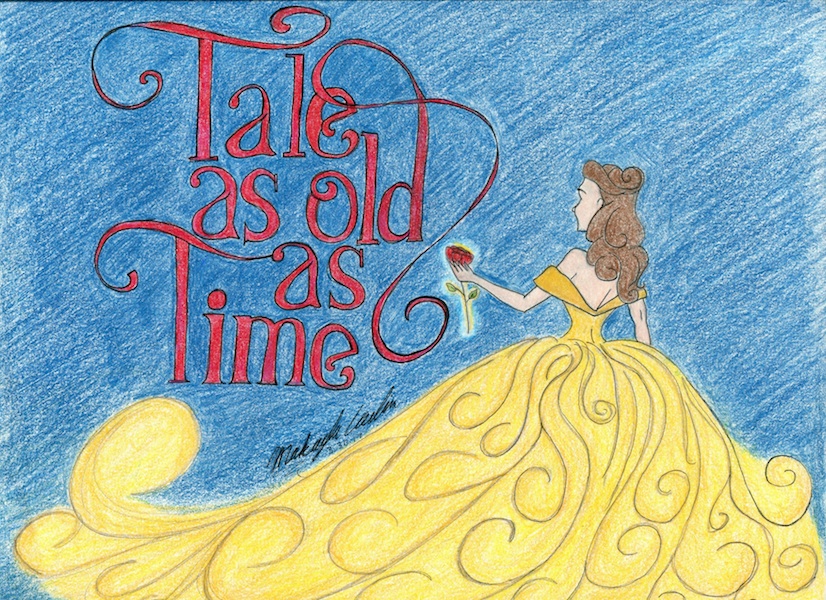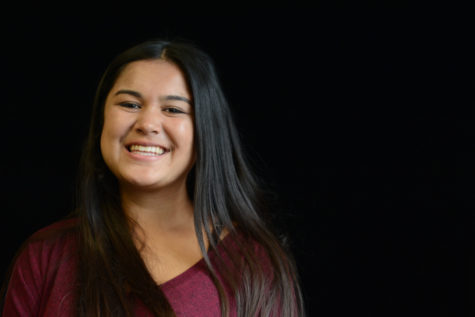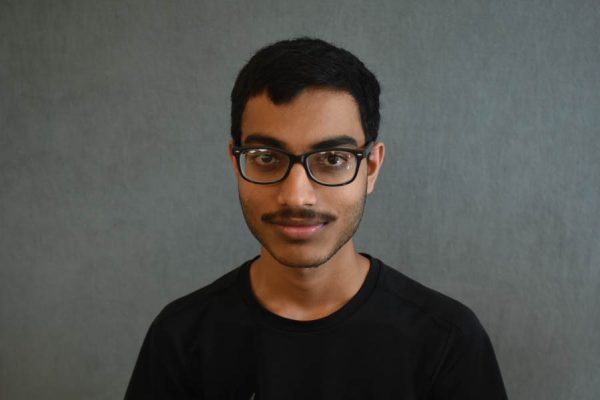Disney Movie: a Beauty and a Beast
May 3, 2017
After setting the record for the best March movie launch with $174.8 million during opening weekend, it’s safe to say that Disney’s newest live adaptation of Beauty and the Beast is a success.
Aside from some new information on the curse and Belle’s parents, the movie follows the same plot as the classic 1991 animated film.
Parts of the movie are so true to the original that it’s as if they’ve been lifted from the animated pages and brought to life. However, it’s the little yet intentional differences from the classic tale that transform this story into a modern day blockbuster.
Undoubtedly, the leading cause for this feminist adaptation is Emma Watson’s portrayal of Belle. Throughout production, Watson was vocal about making Belle into a fitting role model for today’s society. She insisted that Belle never wear a corset, and proposed subtle changes to Belle’s characterization–such as the fact that Belle is an inventor, and that she teaches the village girls how to read.
Belle still falls in love and ends up with the Beast, but Watson makes it clear that Belle is independent and resourceful on her own, and doesn’t rely on a romantic partner to pursue and fulfill her dreams and make her happy.
Not only is Belle’s characterization more progressive, but Watson herself shines in her performance as the beloved princess. Watson’s Belle is fearless, eccentric, loyal, and fiercely intelligent–strong qualities that are tempered by her hopeful ambition, airy singing voice, and overall dreaminess.
Emma has played similar characters before (hello, Hermione!), but her skill in handling such a complex and well known role reveal why Watson is one of the leading actresses of her generation (and deservedly set to become the highest paid actress of 2017). Even though she is one of the few cast members without a singing or Broadway background, her singing is surprisingly one of the most standout of the film.
The vibrant scenery complemented Watson’s stellar performance. Despite being mostly filmed in a studio, from the charming French village to the decaying glamor of the Beast’s castle, each setting breathed life and a sense of magical realism into the movie.
The decision for color blind casting also made the movie more appealing and realistic in the context of our diverse society. Despite the *racist* historical reality of the time period, it was refreshing to see people of color integrated seamlessly throughout the provincial town, considering how it’s a fairytale full of magic mirrors, enchantresses, and princes who turn into beasts.
Who else could have been cast that would top Audra McDonald’s spectacular performance as Madame Garderobe (the wardrobe/opera singer)? It would have been a mistake to cast all white actors simply because of what the imaginary village might have looked like if it actually existed.
Also, the movie featured a blend of songs from the original movie and new songs, arranged by veteran Disney composer Alan Menken. The classic songs, such as “Be Our Guest” and “Tale As Old As Time,” were simultaneously fresh and sentimental, staying true to the original movie while playing with a modern look and sound. The new songs fit nicely with Menken’s original tunes, but still had a distinct feel to them– most notably Celine Dion’s “How Does a Moment Last Forever” and the Beast’s Valjean-esque solo, “Evermore.”
One aspect that was overhyped was LeFou’s sexuality. No doubt, Josh Gad delivered a hilarious performance, but besides a couple longing looks at Gaston and a second long scene at the end, there was no serious indication of Le Fou being gay. After seeing the movie, it’s clear how over exaggerated all the responses to Disney’s statement were–both from the (homophobic) critics and from supporters looking at this as a major, progressive step forward.
By framing this tale as old as time in a more modern setting, Disney’s blend of old and new resulted in magical adaptation that box office competitors (and future live action movies) will have a tough time beating.



